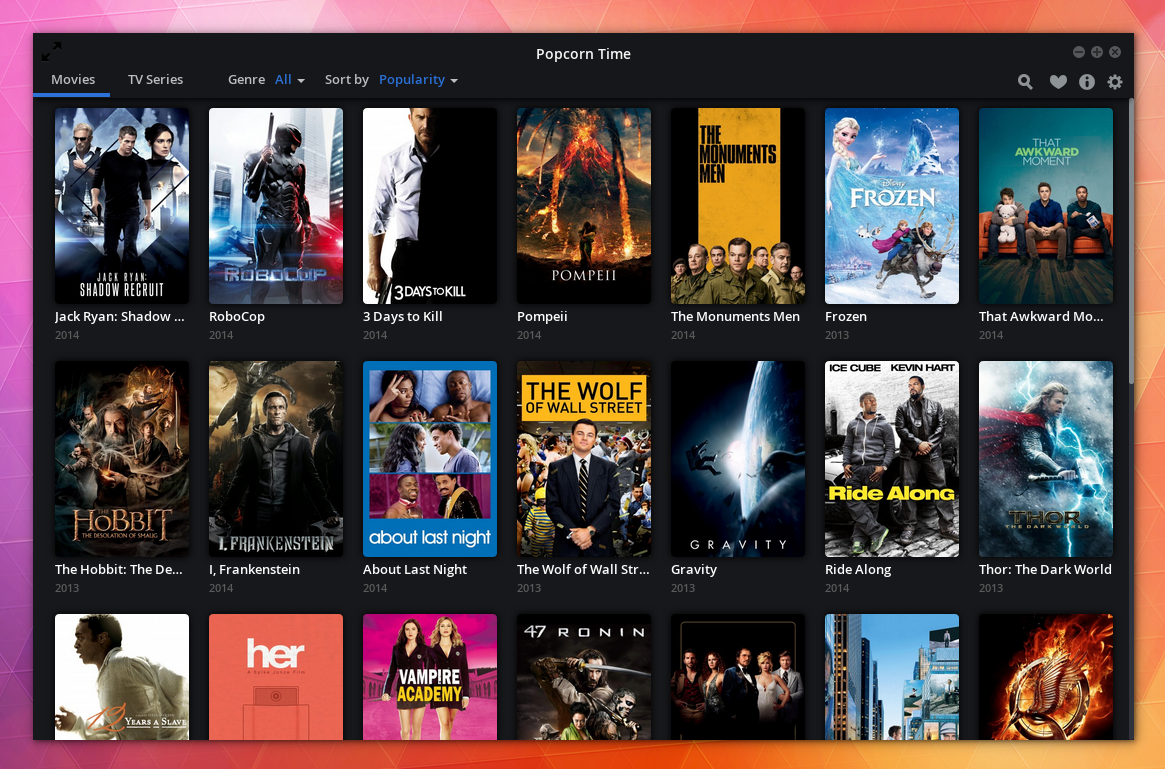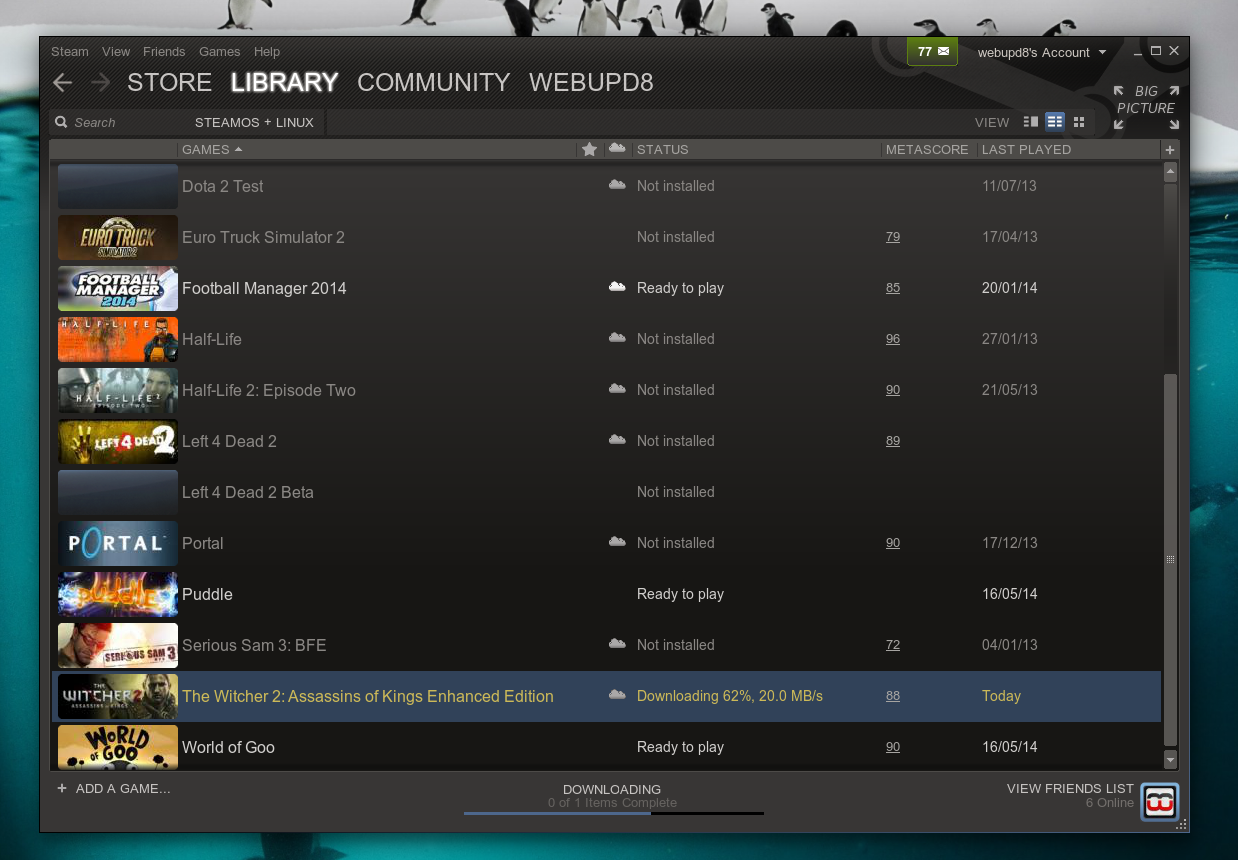It’s been fashionable to drop the phrase “Internet of Things” in tech circles for some time now, but what does it really mean? And just as importantly, what will its effects be in the years to come?
The Pew Research Center Internet Project and Elon University Imagining the Internet Center have been wondering the same thing. They did something about it, too: canvassing more than 1,600 experts about where the Internet of Things will be by 2025.
The resulting report, which was published this afternoon, is a balanced affair, giving plenty of space to Internet of Things sceptics warning about privacy and potential technical gremlins in a world of networked devices talking to one another, as well as exploring the potential benefits.
Here are some of the key quotes and points that stood out when I read the report:
1. A new definition for the Internet of Things
The next time someone asks you what the Internet of Things is, you could have this definition to hand:
“A global, immersive, invisible, ambient networked computing environment built through the continued proliferation of smart sensors, cameras, software, databases, and massive data centers in a world-spanning information fabric known as the Internet of Things.”
Possibly Sid to its friends.
2. It’s about devices all working together
“Most of our devices will be communicating on our behalf—they will be interacting with the physical and virtual worlds more than interacting with us. The devices are going to disappear into what we wear and/or carry. For example, the glasses interface will shrink to near-invisibility in conventional glasses,” said Paul Saffo, managing director of Discern Analytics.
“The devices will also become robustly inter-networked (remember the first conversations about body networks of a decade ago?). The biggest shift is a strong move away from a single do-everything device to multiple devices with overlapping functions and, above all, an inter-relationship with our other devices.”
Not forgetting their relationship with us. “We will talk to devices in essentially the same way we talk to other people. Yes, you will be permanently connected to the network via wearable devices. You will interact with these devices mostly by voice, as you would interact with another person,” said Google’s chief economist Hal Varian.
“Centuries ago, rich people had servants, and in the future, we will all have cyberservants.”
3. Get set to quantify yourself even more
The “quantification of the self” is already a much talked-about concept, particularly around fitness tracking. It looks set to accelerate by 2025, and some of the consequences sound frankly terrifying.
“Every part of our life will be quantifiable, and eternal, and we will answer to the community for our decisions. For example, skipping the gym will have your gym shoes auto tweet (equivalent) to the peer-to-peer health insurance network that will decide to degrade your premiums,” said social media educator Laurel Papworth.
“There is already a machine that can read brain activity, including desire, in front of advertising by near/proximity. I have no doubt that will be placed into the Big Data databases when evaluating hand gestures, body language, and pace for presenting social objects for discussion/purchase/voting.”
4. There are plenty of IoT sceptics
If all this has you reaching for the ragecomment button, remember that the research did manage to find sceptics about the Internet of Things’ likely impact – and indeed about whether that impact will be as big as some think.
“The Internet of Things has been in the red zone of the hypometer for over a decade now. Yes, there will be many niche applications, but it will not be the next big thing, as many pundits predict. If the Internet of Things had any true validity, you would think you would start to see evidence of its presence on early adopter Internet networks,” said green-internet consultant Bill St. Arnaud.
“No, yuck, we don’t need this, and most people aren’t asking for it. I’ve never been quite clear on where the demand is supposedly coming from,” agreed Open Tech Strategies partner Karl Fogel.
“The scarce resource will continue to be human attention. There is a limit to the usefulness of devices that are worn in public but that demand attention because it is often socially and practically unacceptable to give those devices enough attention to make them worth the trouble of configuring and interacting with.”
5. Privacy is a big concern
When you see words like “pernicious” and “prison-like” in a debate, you know that it’s getting heated. Such is the case here.
“The effects will be widespread but pernicious. We might as well inject ourselves into the Internet of Things. By 2025, we will have long ago given up our privacy. The Internet of Things will demand – and we will give willingly – our souls,” said college professor Peter Jacoby.
“As Rivera’s film Sleep Dealer shows, the workplace plugged into the Internet of Things will be more productive and more prison-like (or, to be more accurate, more like an ‘ankle monitor’ of the mind that upgrades scanning not merely to location, but also to observable ‘outputs’ like typing and eye movements),” agreed law professor Frank Pasquale.
“Jonathan Crary’s 24/7 is also an essential guide to this future. It sets the stage for extraordinarily targeted monitoring and manipulation of these individuals. There will be a small class of ‘watchers’ and a much larger class of the experimented upon, the watched. Rules that govern institutional research boards should be applied here, too.”
6. But the Internet of Things could protect our privacy too
It’s not all bad. Smarter, wearable devices could protect our privacy rather than just intrude into it, according to some of the surveyed experts.
“We will wear smart clothes and smart things. The world will also be thick with smart things as well, including products for sale that communicate what they are, what they cost, and much more. Moderating between ourselves and the rest of the world will be systems of manners,” said Doc Searls, from Harvard’s Berkman Center for Internet and Society.
“So, for example, we might wear devices that signal an unwillingness to be followed, or to have promotional messages pushed at us without our consent. Likewise, a store might recognize us as an existing customer with an established and understood relationship. Google Glass today is a very early prototype and has little, if any, social manners built-in, which is why it freaks people out. New manners-friendly systems, and the protocols to go with them, will be worked out over the next five or so years.”
7. Interfaces will be about more than kung fu fighting
We’re already getting an idea of how we can interact with smart watches and augmented glasses, but what about a much wider range of connected devices?
“We look like kung fu fighters with no visible opponents now, but soon, the personalised interface issues will settle on a combination of gestures and voice. Thought-driven? Not by 2025, but not yet out of the question for a further future,” said ibiblio.org founder and university professor Paul Jones.
“Glass and watch interfaces are a start at this combination of strokes, acceleration, voice, and even shaking and touching device-to-device. The key will be separating random human actions from intentional ones, then translating those into machine commands—search, call, direct, etc.”
8. Health tech will be a big beneficiary
Fitbit is just the start of it, seemingly. “Health apps will be the most significant change. Things such as the Fitbit will evolve to allow passive monitoring of blood sugar, caloric intake, etc., as well as to be specialized for specific ailments in individuals—these will allow those who want to improve their heath to do so,” said Jim Hendler, professor of computer science at Rensselaer Polytechnic Institute.
“Household objects online will have ways of being part of a broadcast network that can allow owners to be informed in case of recalls, problems, etc. Over time, there will be more direct inputs to the digital world. Technologies that can improve health monitoring will also allow a certain amount of signaling to computers—implanted chips for control will be just coming along in the 2025 timeframe (evolving in part from better prosthetic controllers), so I expect wearables, more than implantables, to be part of life by 2025.”
By 2023, tech journalists will be writing countless stories predicting Apple’s first iBrainchip, in other words.
9. All this stuff may break. Often.
Warning: the Internet of Things won’t always be the Internet of Smoothly-Working Things…
“I warned in my 2002 book Smart Mobs that a new kind of animism (first voiced by Mark Pesce) might arise: what child will be able to know that a doorknob that recognizes their face doesn’t also know many other things?” said author Howard Rheingold. “We will live in a world where many things won’t work, and nobody will know how to fix them.”
He was backed up by Relationship Economy eXpedition (REX) founder Jerry Michalski. “The Internet of Things (IoT) is too complex. It will break, over and over… Most of the devices exposed on the Internet will be vulnerable. They will also be prone to unintended consequences: they will do things nobody designed for beforehand, most of which will be undesirable,” he said.
“We aren’t evolved enough as a species or society to create apps and services that are useful to humanity in the Internet of Things. We’ll try to create efficiencies but be thwarted by nature’s complexity.”
10. Don’t forget about the people whose Things aren’t connected
We should think beyond the developed western world when considering the impact of the Internet of Things, pointed out some respondents.
“The Internet of Things will add to the comfort of people living in developed countries by 2025. It will also have a measurable impact in utilities markets like energy and water. Unfortunately, it might not help people in developing countries with developmental issues, mainly because of the tendency in many developing countries to focus on the short term and not on the long term,” said Miguel Alcaine, International Telecommunication Union area representative for Central America.
University librarian K.G. Schneider pointed out that even within countries like the US, there will be IoT-haves and have-nots. “Right now, Google Glass follows the pattern of other technology adoptions, where what I see are a handful of first-world white men touting their shiny new toys,” they said.
“Just as students today are burdened if they don’t have home Internet—and at the university where I work, that is true of some of our commuter students, much as people might find that hard to believe—there will be an expectation that successful living as a human will require being equipped with pricey accoutrements… Reflecting on this makes me concerned that as the digital divide widens, people left behind will be increasingly invisible and increasingly seen as less than full humans.”
Provided from: Guardian.




